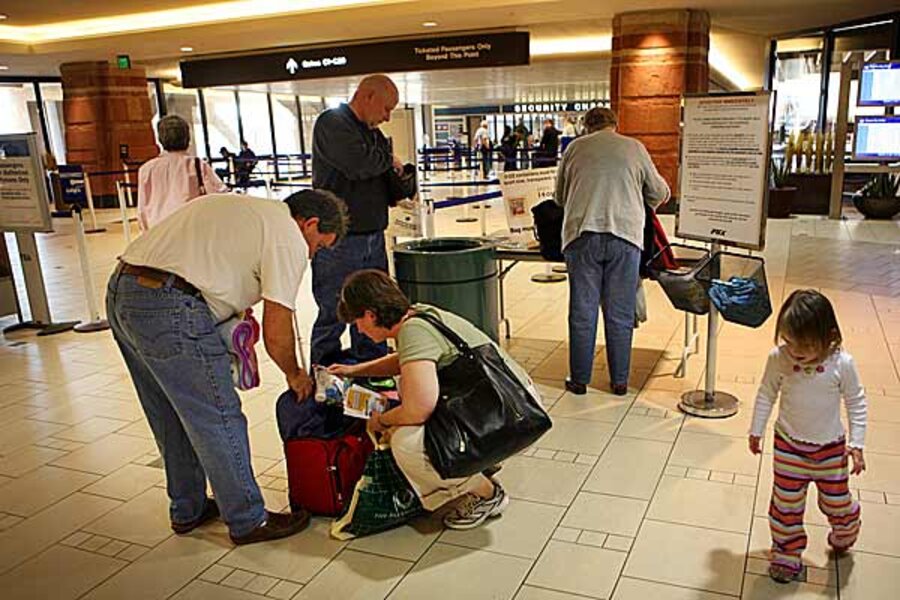By now most air travelers are familiar with the TSA's 3-1-1 policy for liquids – each passenger may carry 3.4-ounce containers of liquid through checkpoints, provided the containers fit in a one-quart plastic bag, and each passenger has only one bag.
The policy took hold in August 2006 after British intelligence foiled a plot to blow up multiple planes with liquid explosive. A blanket ban on all liquids in carry-on luggage was implemented for the three months following the discovery but was later relaxed.
Anecdotal reports from travelers find that these days the TSA is being less strict about liquids being in plastic bags. Baby formula and medical liquids are also exempt from the TSA's 3.4-ounce restriction, provided passengers declare them to checkpoint officials.





